Do you dream of strolling between ancient ruins, enjoying a real Italian pizza on a terrace or admiring the Sistine Chapel? Rome, the Eternal City, is a destination that fascinates with its unique blend of history, art and dolce vita.
What to do in Rome? This travel guide reveals the must-see sights, good addresses and lots of practical advice to make the most of your stay in Rome.
This article was produced in collaboration with Transavia. However, I am completely free to express my opinion and I organised my trip completely independently, so the opinions given in this article are entirely sincere.
Rome at a glance: practical information
How do I get there?
By train, there is no direct line between France and Rome. It takes around 12h to get from Paris to Rome with a change at Milan.
By plane it only takes 2h from Paris. The French airline Transavia serves Rome from Paris Orly and Montpellier.
When to go ?
Prefer spring and autumn : even though the tourist season is already underway, the weather is pleasant. In summer, temperatures are often very hot (over 35 degrees. In winter, there are fewer tourists but more rain.
How long should I stay?
Rome is a vast city with plenty to visit. 4 days is a minimum to discover the must-sees. A one-week stay will give you plenty of time to explore the city.
Who’s it for?
History and culture buffs will love Rome, but be warned: it’s a city that requires a lot of walking, so you’ll need to be in good physical condition to get the most out of it.
How much does it cost?
Accommodation will be your main expense. Expect to pay at least 100 euros a night for accommodation in a good location, and sometimes much more depending on the level of comfort you are looking for. On the other hand, sightseeing is often inexpensive and you can see a lot of beautiful things for free (such as churches and basilicas). As for restaurants, you can enjoy excellent dishes for 12-15 euros.
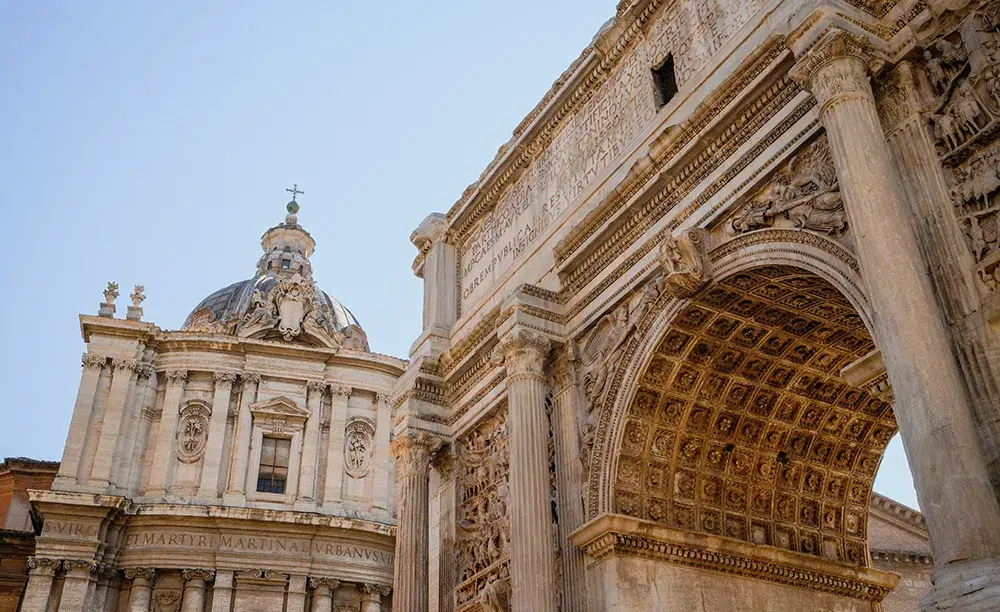
How do you get around Rome?
Getting around the city centre is not easy, as the streets are narrow and crowded. Taxis are expensive and time-consuming. It is preferable to opt for public transport, which is more efficient and less expensive.
To/from the airport
The Leonardo express, a fast train, links Fiumicino airport (Leonardo da Vinci) to Termini station (located in the city centre) in 30 minutes for €14 a ticket. You can buy your ticket at self-service kiosks, at a ticket office or directly online at the Trenitalia website.
In the city
There are not many metro lines, but several bus lines. A journey costs €1.5, and you can buy tickets at ticket offices or self-service kiosks (+€0.5 to obtain a travel card).
On buses, you can pay contactless using a bank card (€1.5 per journey).
Season tickets are also available, and can be worthwhile if you want to limit your walking:
- 7€ / 24h
- 12,5€ / 48h
- 18€ / 72h
- 24€ / week
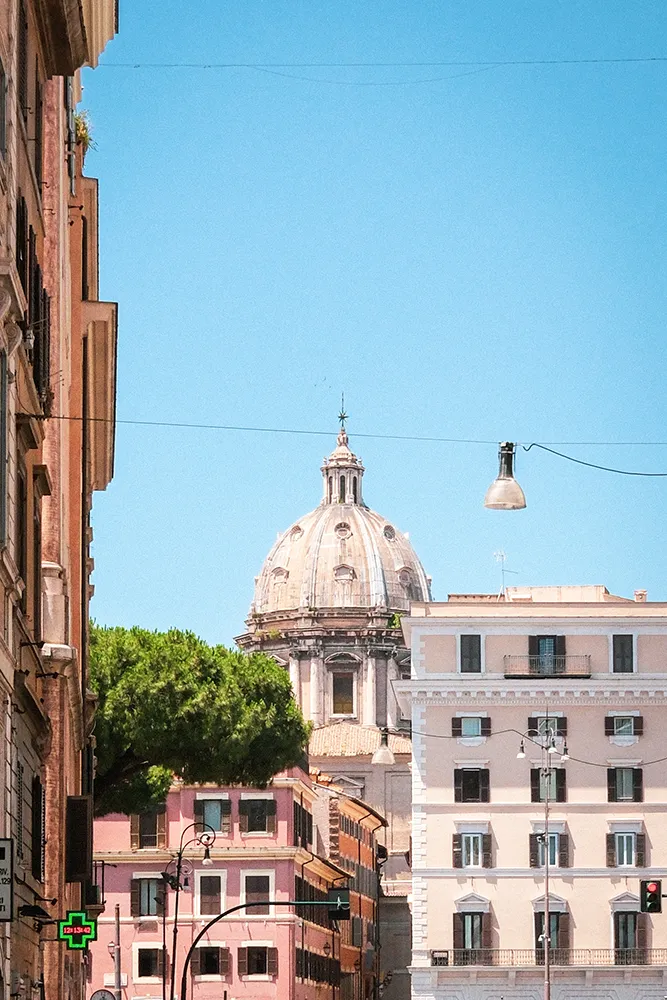
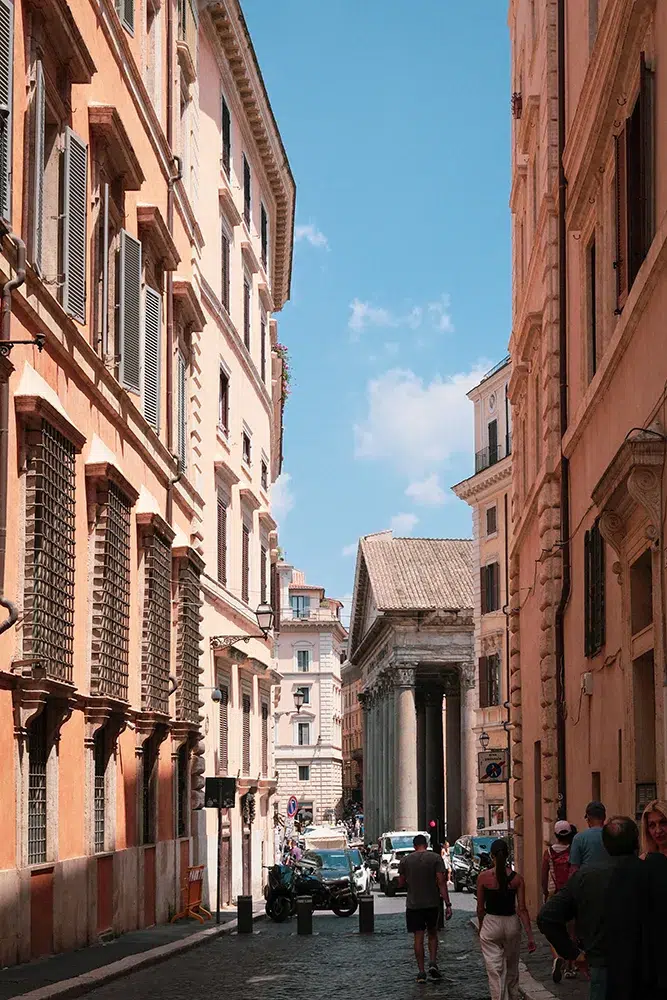
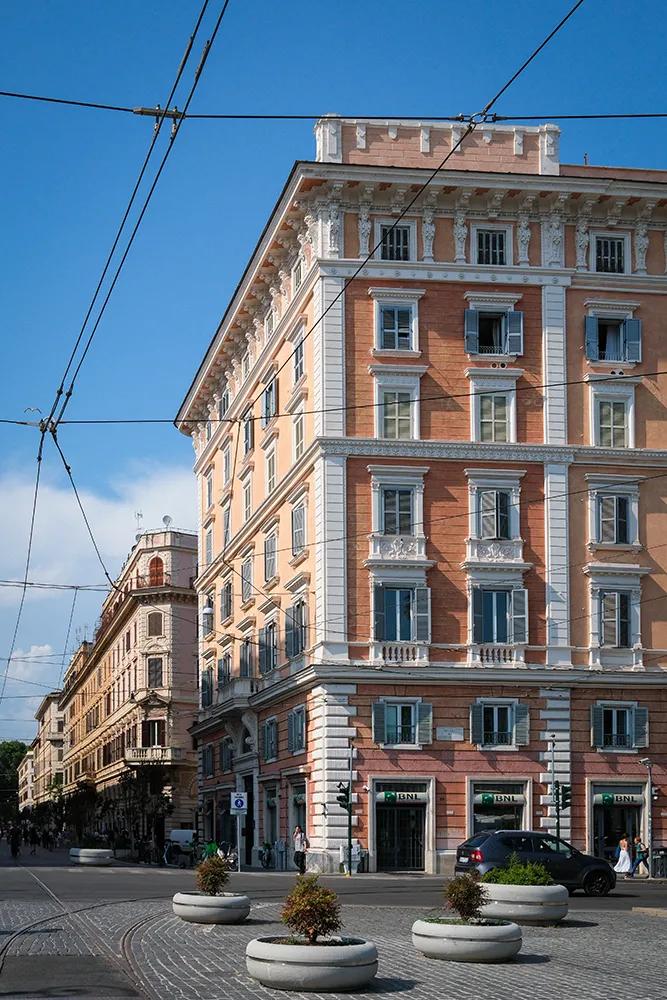
Where to stay in Rome?
The ideal place to stay is in the Piazza di Spagna area, which will give you easy access on foot to the main sights.
Near Spagna I recommend the Townhouse Condotti 29 hotel. There are only 5 or 6 rooms but it is ideally located and overlooks a quiet alley. The welcome is warm and attentive! The breakfast is simple (coffee/tea, fruit, rusks and a few croissants/cakes) but included in the price of the room.
You can also consult this map to see the list of establishments available on the dates of your stay and their rates:
This map contains affiliate links, which means that I earn a commission if you make a reservation after clicking on them. It doesn’t cost you anything extra, but it helps me to develop Culturez-vous and continue to offer you free travel guides.
What to do in Rome Must-sees
The Vatican Museums
The sumptuous palaces built in the 13th century for the Popes are home to no fewer than 11 museums! Seeing everything is almost mission impossible, but a first visit will give you an idea of what’s on offer.
Highlights of the visit : the famousSistine Chapel and several masterpieces by Raphael, Canova or even Caravaggio.
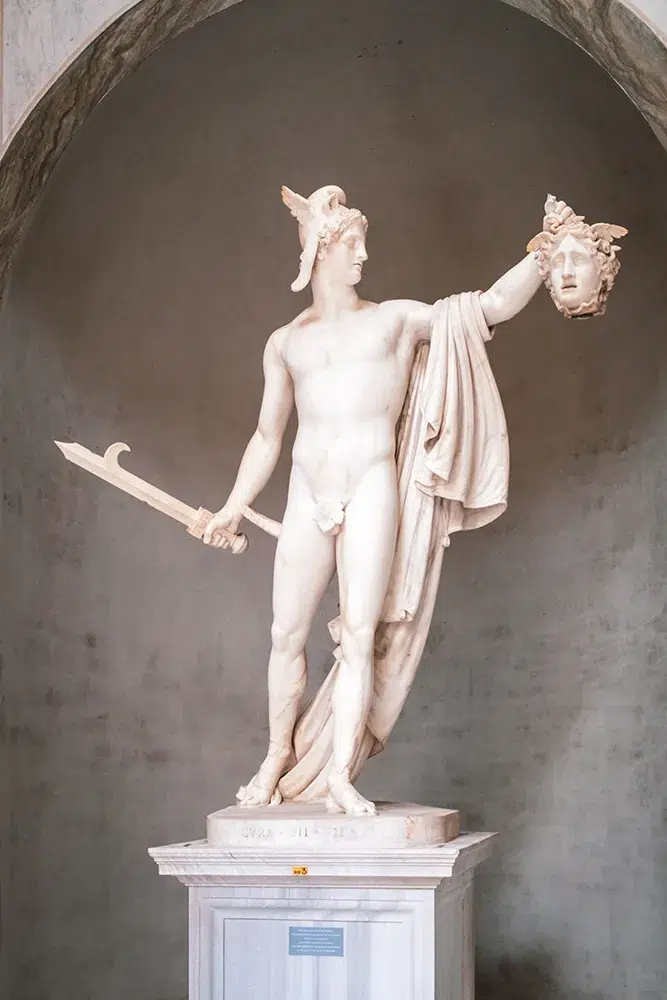
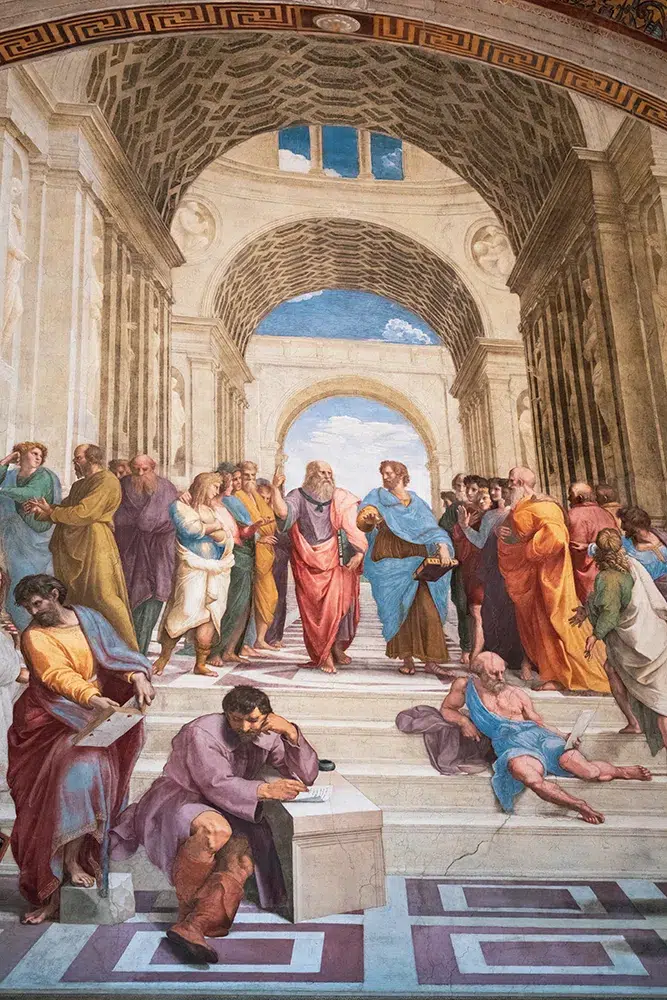
But be warned: these museums are very, very, very busy and the visiting experience can easily turn into a nightmare. To avoid hours of waiting, it’s best to book a visit in advance. Guided tours are frustrating with poor-quality audio equipment, but are sometimes the only way to get in without queuing.
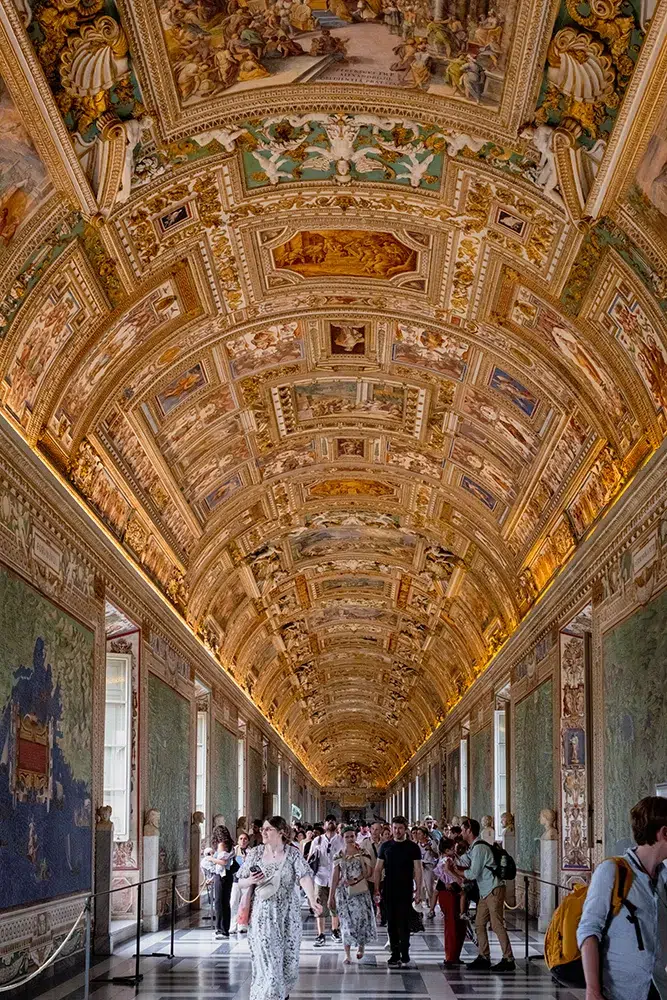
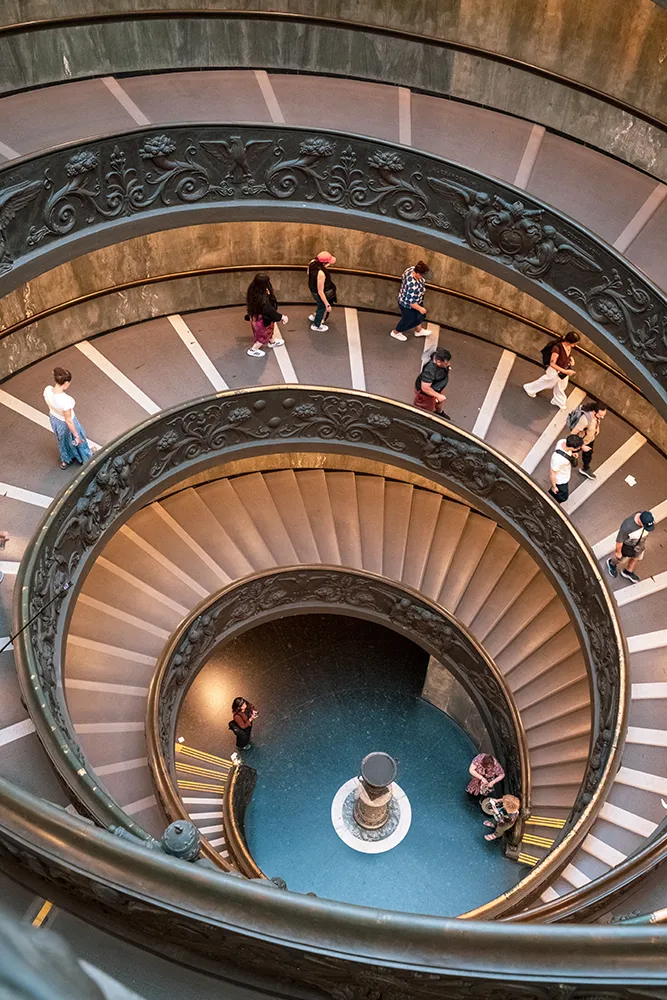
If you’re motivated, try to get there early in the morning, as soon as it opens, to get the tour in better conditions.
Viale Vaticano, Rome
Monday to Saturday, 8am to 8pm
The last Sunday of the month, 9am to 2pm
€20, 8€ for 7-18 year olds, free for -7 year olds and for all on the last Sunday of the month
Online ticketing
Note: photographs are prohibited in the Sistine Chapel
St Peter’s Basilica
Also in the Vatican, St Peter’s Basilica is the largest religious building in Catholicism. Originally, a first basilica built under Constantine in the 4th century stood here, on the site of St Peter’s tomb.
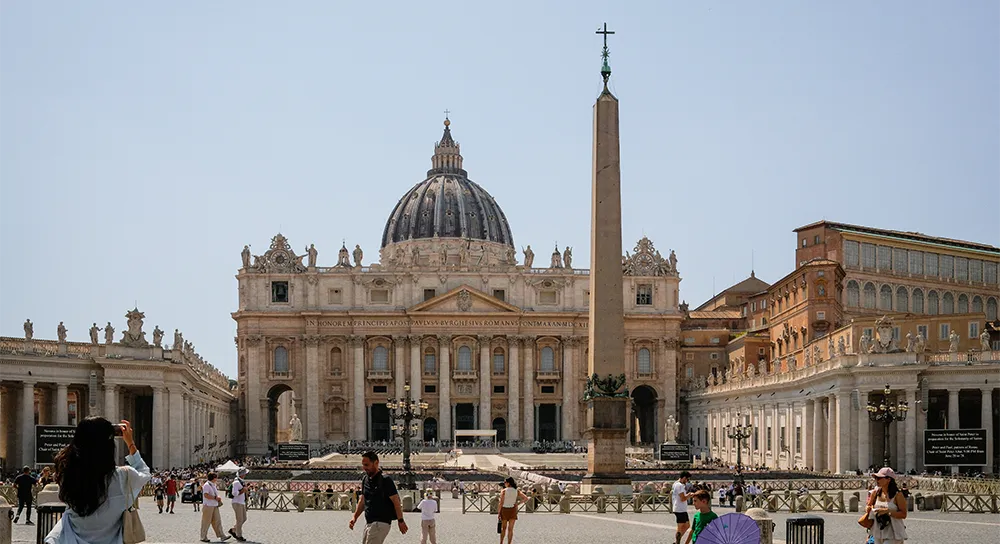
The basilica as we know it today was built under Pope Julius II in 1506. The interior is a marvel: you can see Michelangelo’s Pietà, the baldachin designed by Bernini and the tomb of Urban VIII.
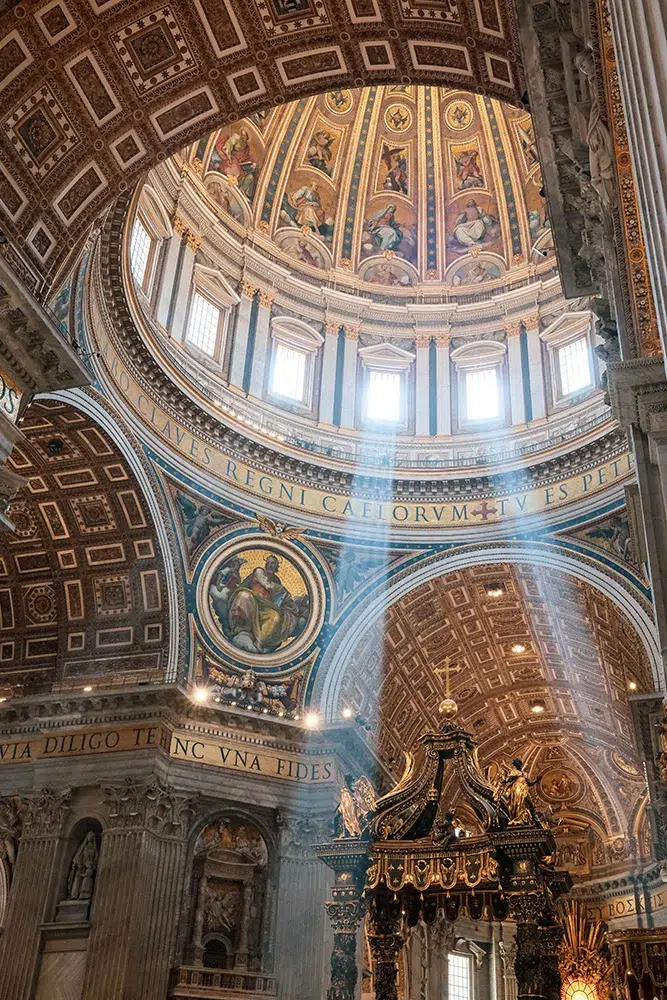
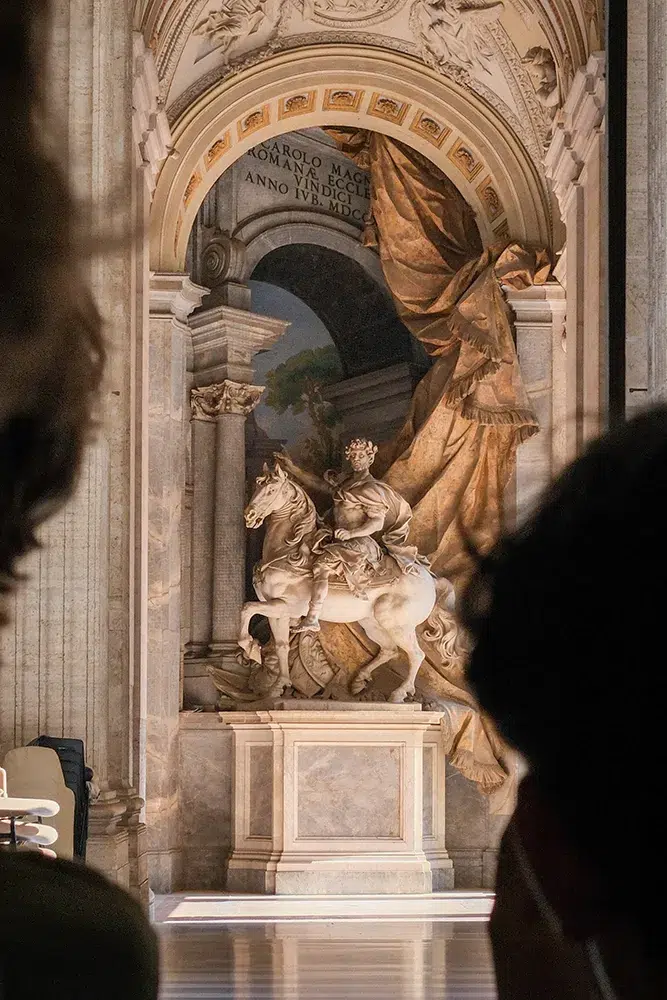
Facing the basilica, the impressive Piazza San Pietro was imagined in the 17th century by Bernini with a quadruple colonnade on which stand 140 statues of saints.
Piazza San Pietro
Free entry without booking
€7 for timetable booking (no waiting)
Waiting will depend very much on the time of year and the time of day.
On Sunday lunchtime, it is possible to attend the papal blessing
Official website: https://www.basilicasanpietro.va/fr
The Borghese Gallery
This museum, which boasts Italy’s finest private collection, is a real favourite. It is owed to Cardinal Scipione Borghese (1576-1633), a great art lover and collector who made his collection inalienable just before his death. The location of the works has therefore remained more or less the same as in the Borghese period.
Here, you can admire several paintings by Caravaggio, as well as sumptuous sculptures by Bernini, all housed in a magnificent villa.

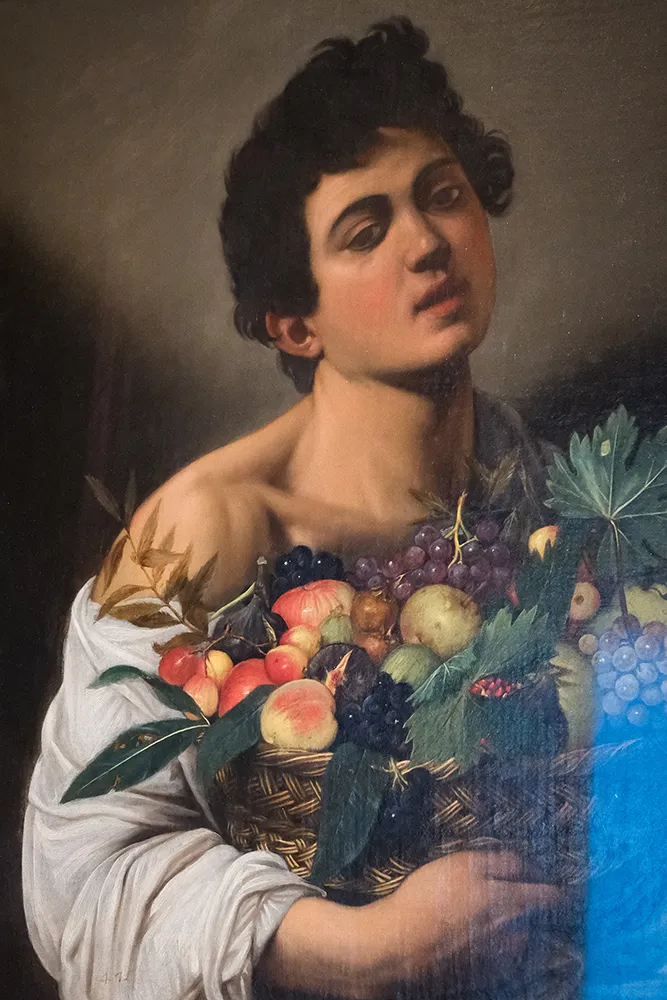
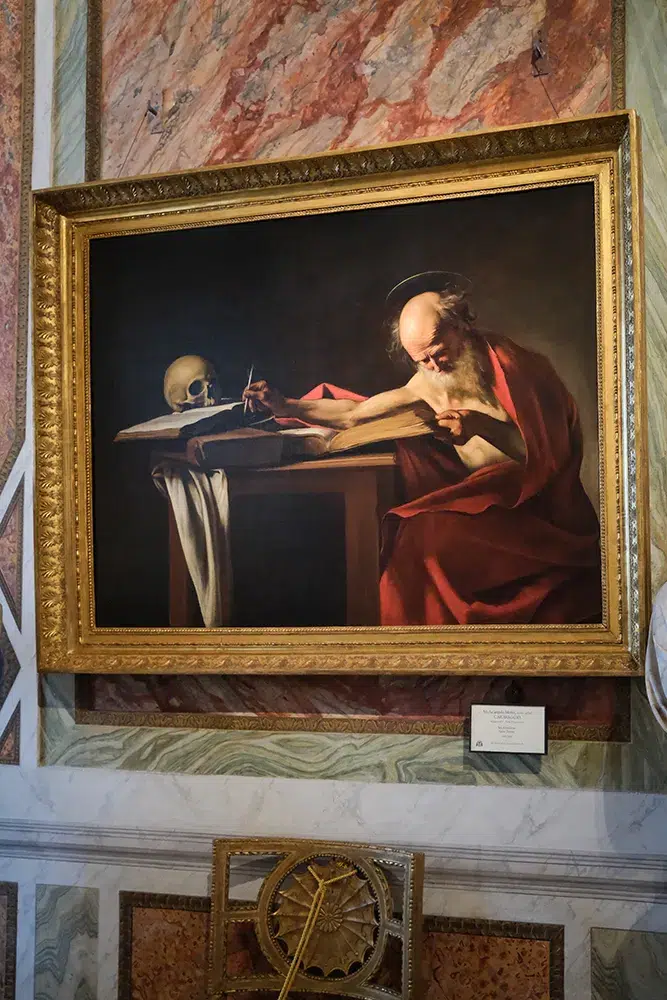
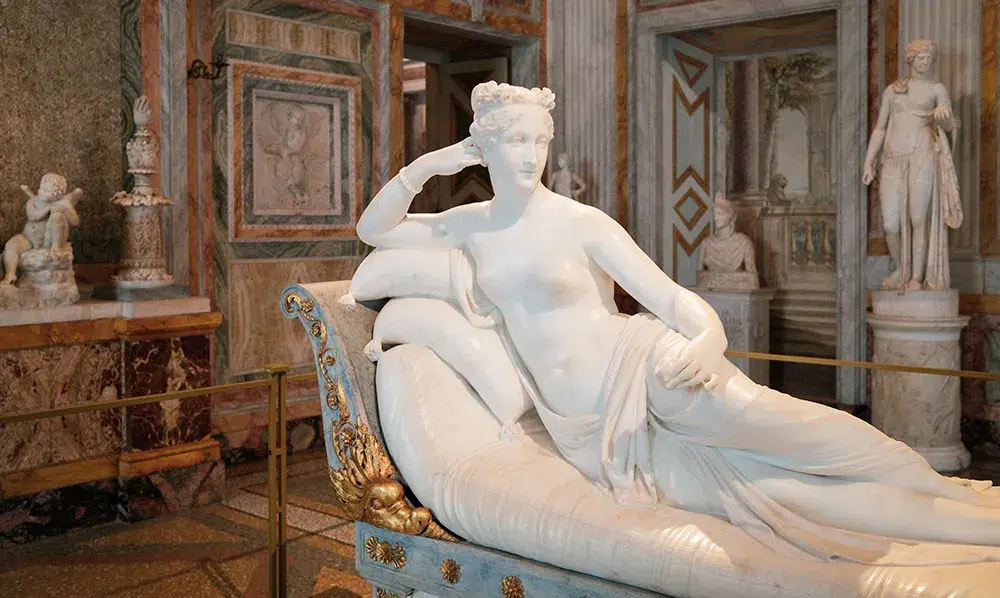
Piazzale Scipione Borghese, 5
Tuesday to Sunday 9am to 7pm
€15, €2 for 18-25 year olds, free for under 18s + pre-sale fee
Booking required: online ticketing
The Colosseum and the Roman Forum
The Colosseum is, of course, Rome’s most iconic monument ! This impressive amphitheatre was built at the request of Vespasian in 72 AD. The building was completed under his son, Titus, in 80.
Originally named ” Flavian amphitheatre “, the name ” Colosseum ” was eventually retained in memory of a statue of Nero located nearby.
70,000 spectators could come here to watch Gladiator fights, wild beasts or re-enactments of naval battles. On the occasion of its inauguration, major festivities were organised for 100 days, with the killing of 2,000 fighters and 9,000 animals.
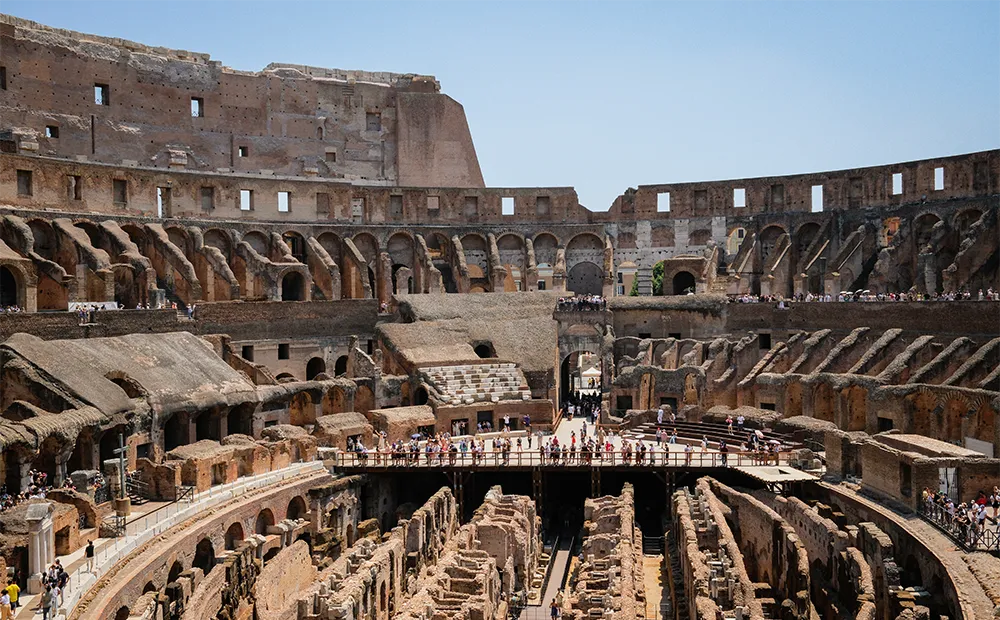
Your ticket to the Colosseum also gives you access to the Roman Forum, which was once the heart of the city. Here were temples, political places, shops, monuments… During the Renaissance, the temples were destroyed by the popes to recover the materials to build St Peter’s Basilica.
Today, only ruins remain, but they are enough to give you an idea of the grandeur of the past. It’s a visit not to be missed.
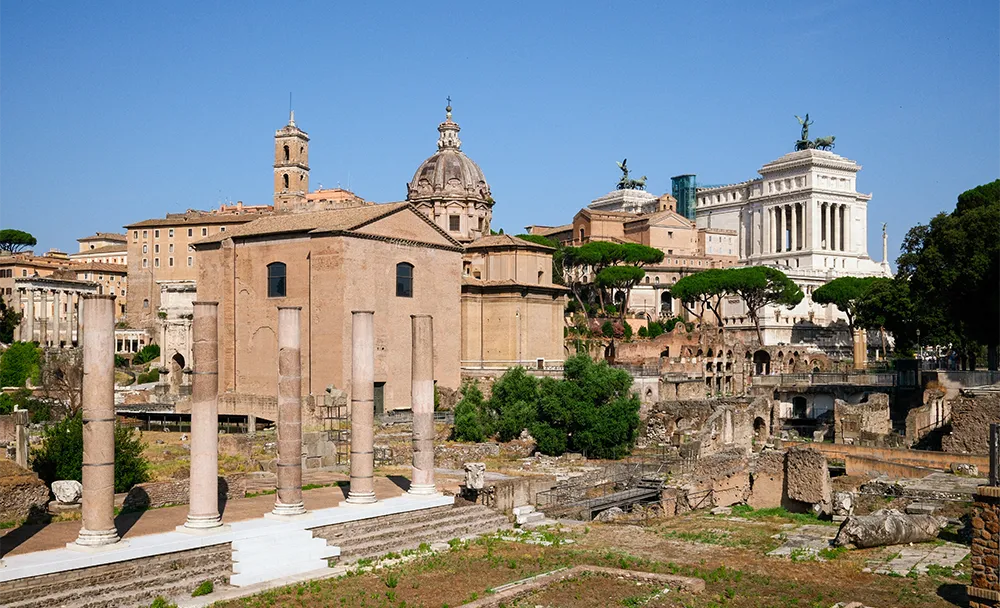
Plan a day to visit the Colosseum and the Forum. Your ticket gives you a fixed time to visit the Colosseum but allows you to visit the Forum at your leisure within a 24-hour window.
Piazza del Colosseo
Every day, 8:30 a.m. to 7:15 p.m.
€18, €2 for 18-25 year olds, free for under-18s + presale fee
Booking required: online ticketing
The Trevi Fountain
It’s impossible to come to Rome without contemplating the famous Trevi Fountain. Designed by Nicola Salvi at the request of Pope Clement XII in the 18th century, it depicts Neptune (god of the oceans) on a chariot pulled by two sea horses and tritons. On the sides, two sculptures represent Prosperity (left) and Salubrity (right) to evoke pure water.
If possible, go in the morning to avoid the crowds, but it’s in the evening that the fountain is at its most beautiful (and, alas, busiest), with its play of water and light.
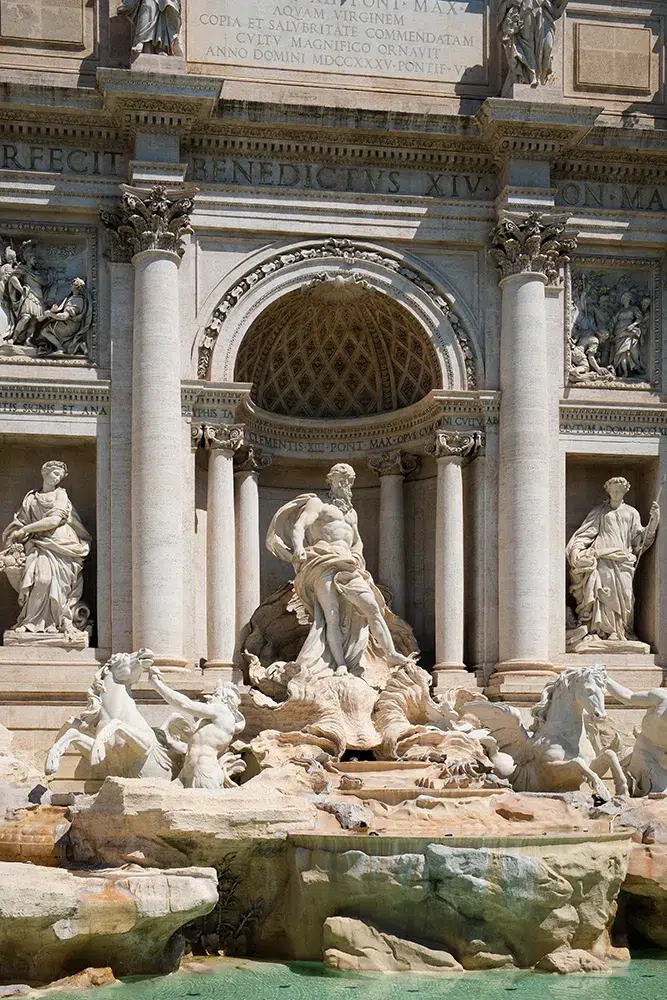
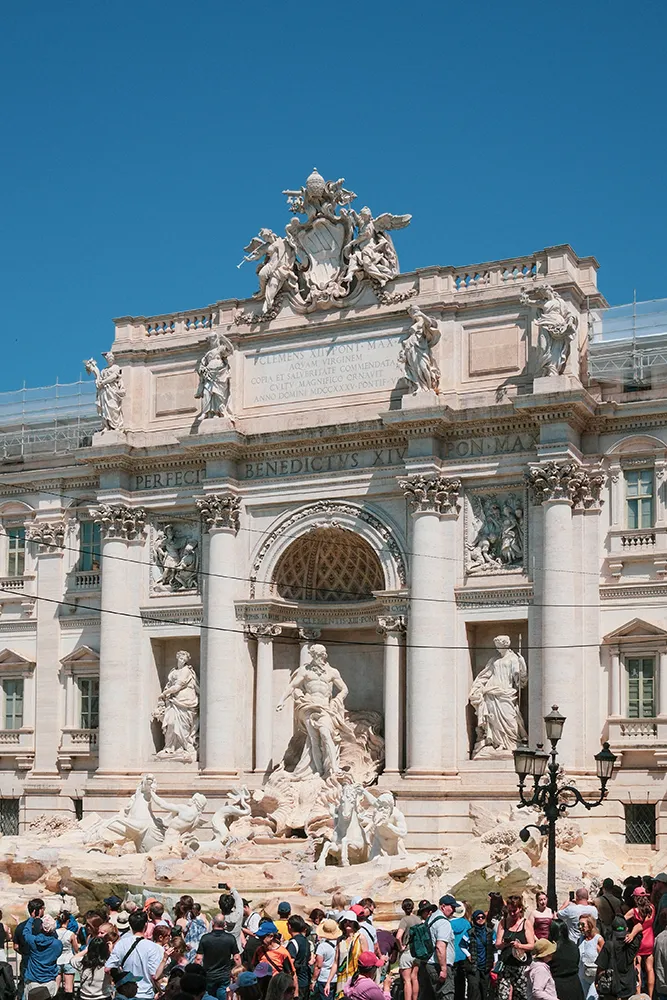
30,000 a week!
On average, €30,000 is thrown into the Trevi Fountain every week by tourists making a wish – that’s more than €1.5 million a year! These coins are sucked up every week and donated to charity.
Piazza di Trevi
The Pantheon
A vestige of ancient Rome, built in 27 BC by Agrippa, Rome’s Pantheon was damaged several times by fire. In 125, it was rebuilt by Hadrian and has since been regularly restored. Since the 7th century, the Pantheon has been dedicated to the Roman deities.
The dome is particularly impressive. As high as its diameter (43.3 metres), it is the largest dome in all of antiquity, and still the largest in non-reinforced concrete. An oculus, open to the sky, gives this monument its originality.
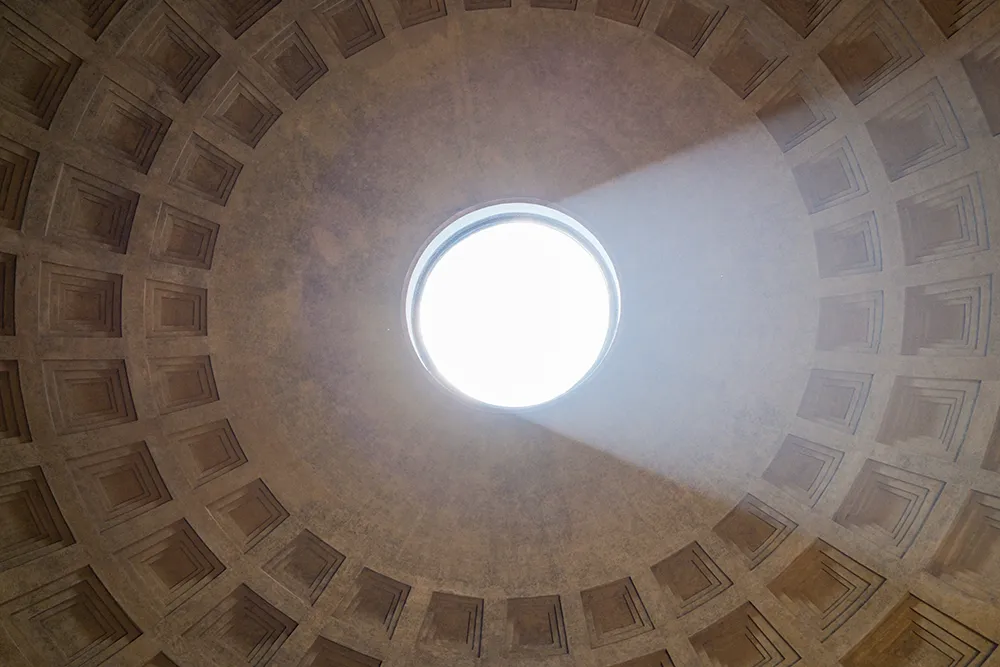
Inside the Pantheon, you can see the tombs of the Italian kings Vittorio Emanuele II and Umberto I, as well as the tomb of the painter Raphael.
Piazza delle Rotonda
Every day, 9am to 5pm
€5
Booking recommended for weekends
Push open the door of every church on your way
Rome has almost 900 churches! Don’t hesitate to push open the doors of those you come across on your way, some of them are real marvels!
3 photo spots to admire Rome from above
The best spot to admire the Colosseum
To get a good view of the Colosseum, head to the Giardinetto del Monte Oppio. This park, located a little way up, offers a great view of the monument with the added bonus of trees in the foreground, ideal for getting the perfect shot!

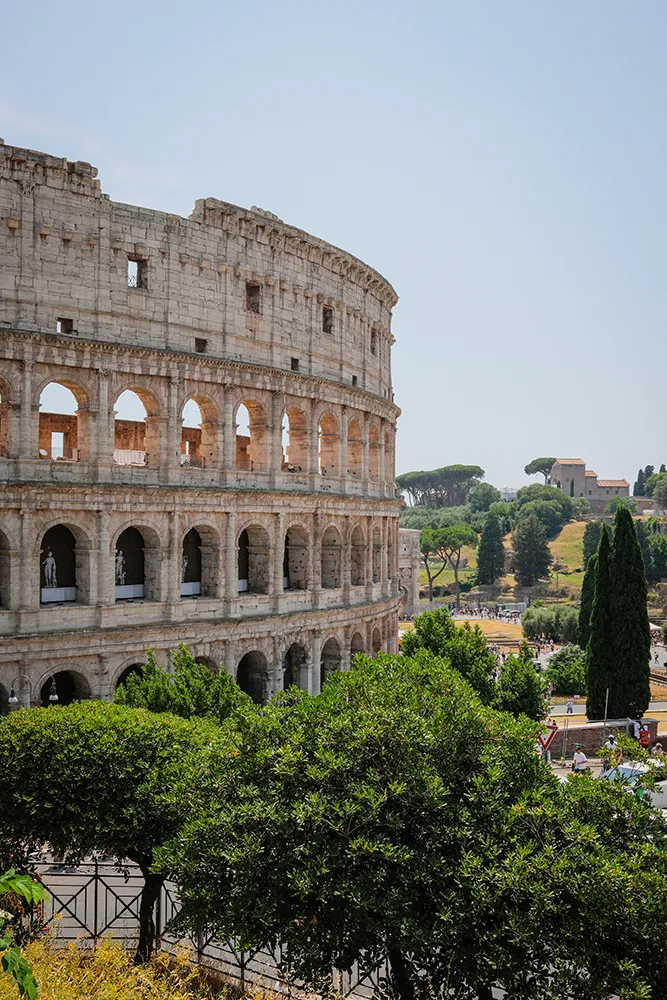
At the top of the monument to Victor-Emmanuel II
It’s impossible to miss the impressive monument to Victor-Emmanuel II. Built between 1885 and 1911, this white marble building is dedicated to Italy’s first king. It is also at the heart of this monument that you will find the tomb of the unknown soldier. You’ll need good legs to climb to the very top of this monument, but you’ll be rewarded with a beautiful view of Rome.
L’accès est gratuit, seul un musée et un ascenseur pour aller un peu plus haut sont payants.
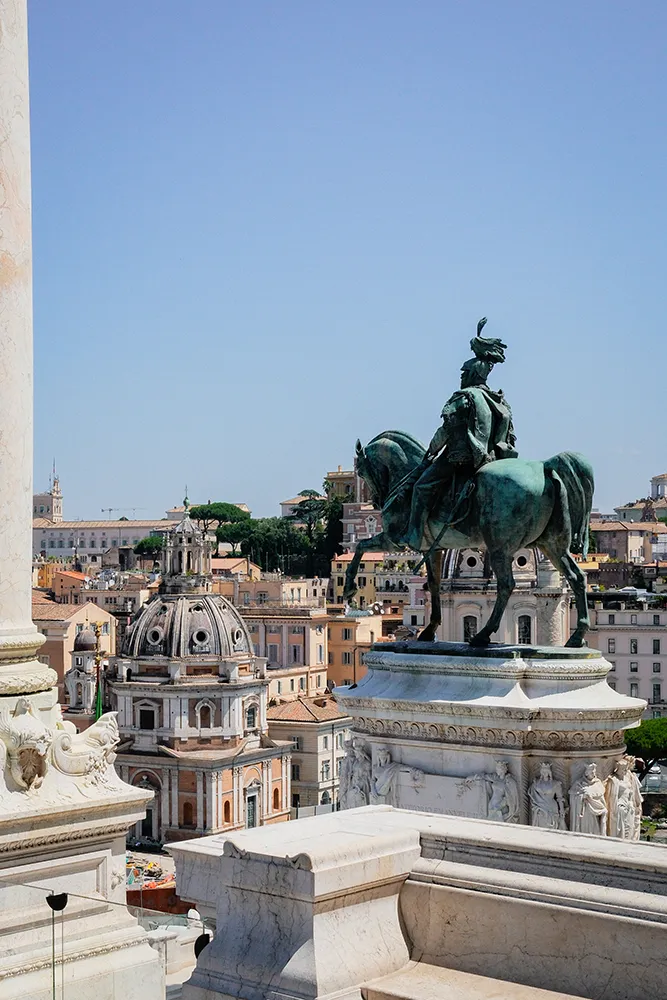
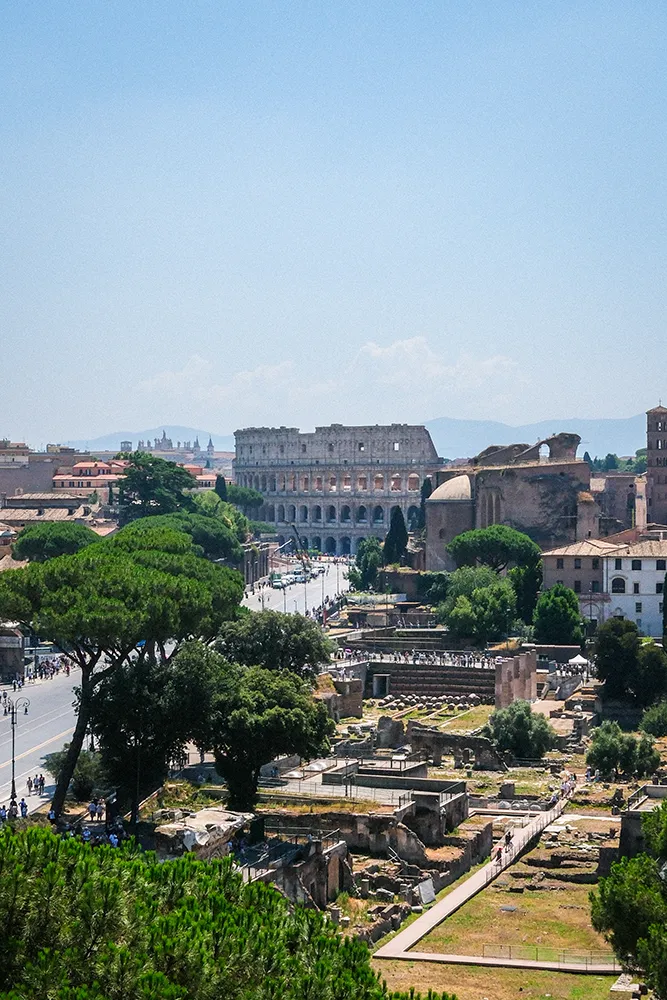
La Piazza della Trinità dei Monti
From this square, which dominates part of the city, you’ll have a lovely view of Rome’s rooftops. To get there, the more courageous can take the stairs directly opposite. Alternatively, you can take the free lift located at the entrance to the Spagna metro station.
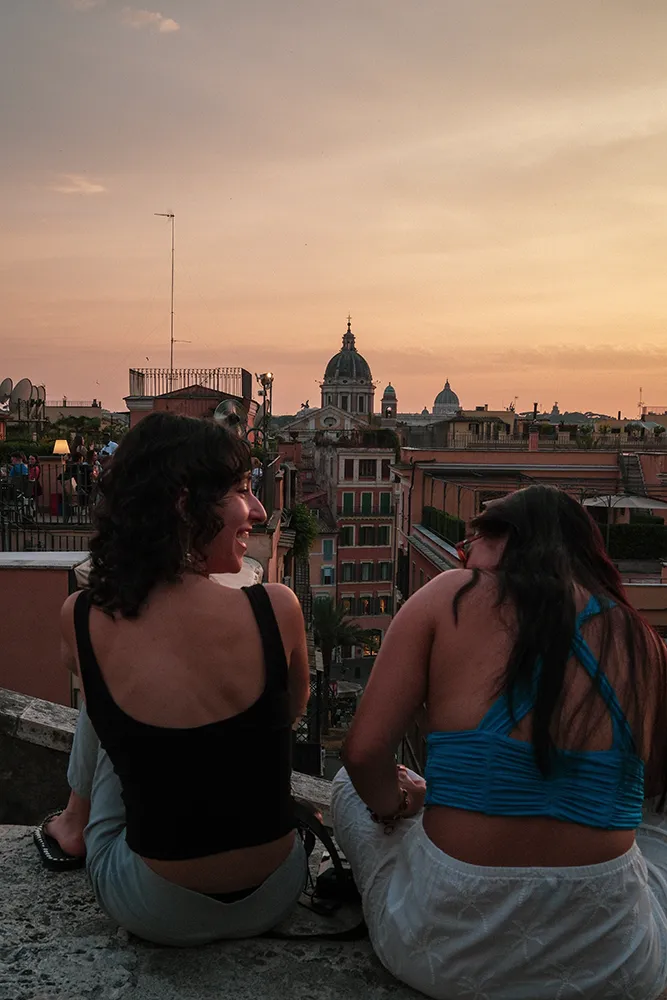
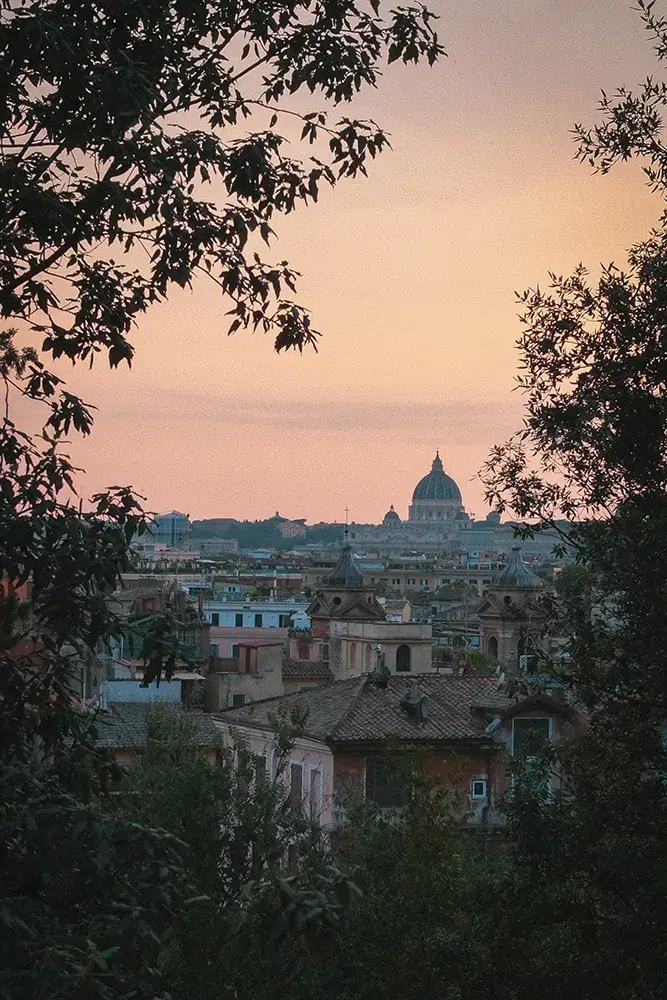
Where to eat in Rome The best restaurant addresses
La Bottega di Cesare: my favourite place for excellent pasta
This tiny little establishment doesn’t look like much and yet this is where I ate the best pasta of my stay! The menu is not very large, which is a guarantee of quality. Here everything is homemade with fresh, quality produce, you’re in for a treat !
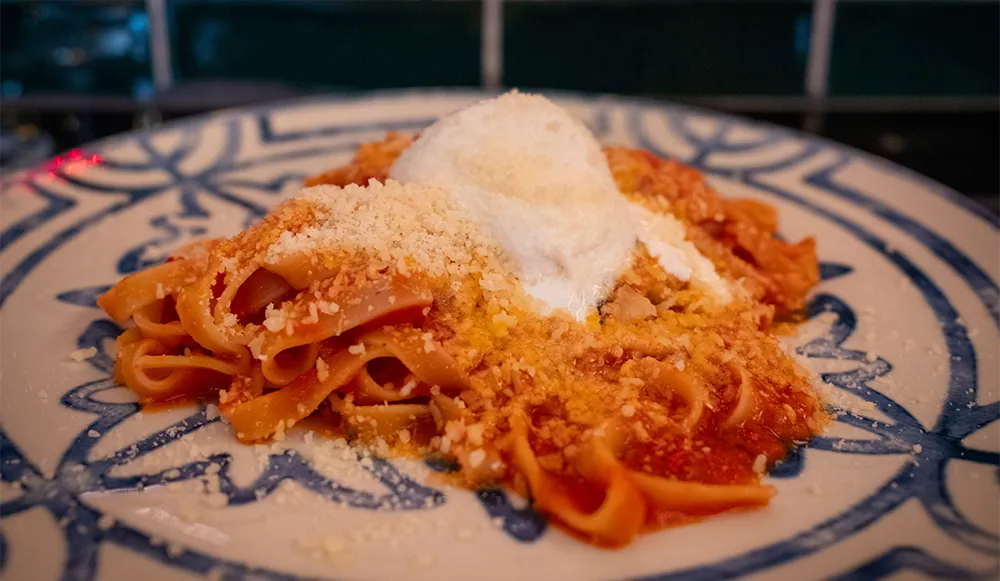
Via dell’Arancio, 60
There aren’t many places so it’s best to book or go early.
https://www.labottegadicesare.it/
Ristorante Pizza Forum Roma: pasta and pizza near the Coliseum
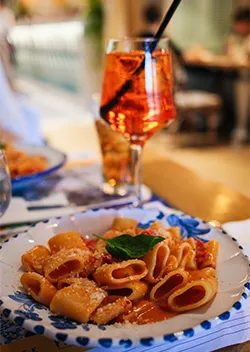
It’s hard to find a good address in the very touristy Coliseum district. The Ristorante Pizza Forum Roma is a large restaurant with plenty of seats, so you can find a table without waiting too long. On the menu: pasta, pizzas and a wide choice of desserts. The tiramisu is validated !
Via di S. Giovanni in Laterano, 34-38
https://www.pizzaforumroma.it/
Beware of hidden charges !
Service charges are not included in the price of dishes. Restaurants often charge for cutlery (€1 or €2 per person) and bread. Service is sometimes charged extra, at the customer’s discretion.
Il Fornaio della Sardegna and Pizza in Trevi: pizzas by the slice
For a quick bite to eat, several establishments offer pizzas by the slice, which you pay for by weight. This also gives you the chance to try out different pizzas.
Near Spagna, I recommend Il Fornaio della Sardegna, a bakery that makes its own pizzas as well as sandwiches and a number of homemade desserts.
Via delle Carrozze, 85
Next to the Trevi Fountain, the Pizza in Trevi restaurant has a great reputation. It serves “normal” pizzas, but if the restaurant is full you can also buy pizzas by the slice to take away.
Via di S. Vincenzo, 30
https://www.pizzaintrevi.it/
La Strega Nocciola: excellent home-made ice creams
La Strega Nocciola was by far my favourite ice cream parlour during my stay. There’s not much choice of flavours, but the ice creams are really delicious. For those with a sweet tooth, you can choose the homemade brioche filled with ice cream!
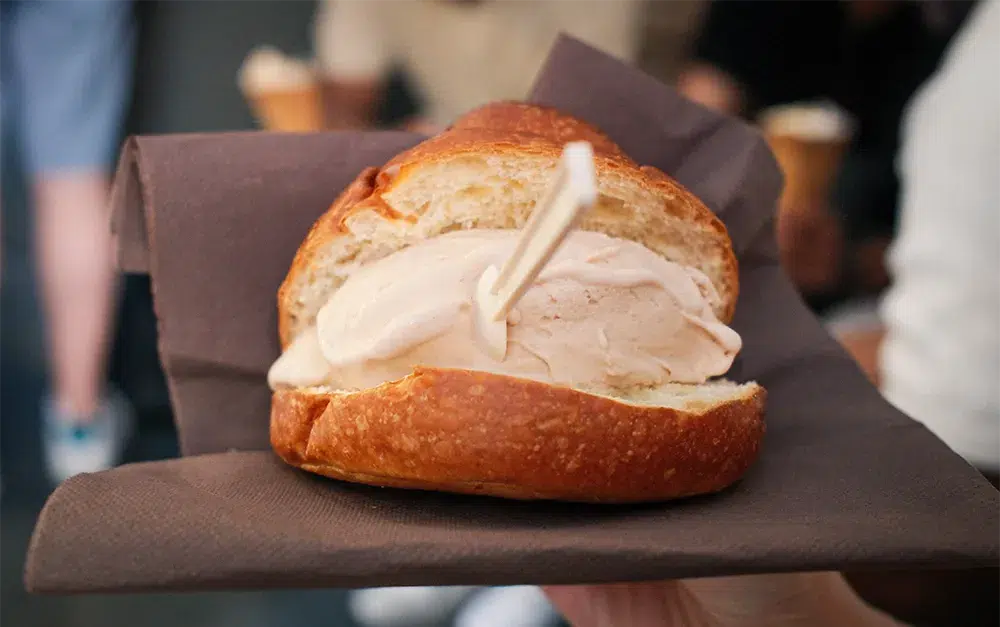
Via della Vite, 100
https://www.lastreganocciola.it/
Interactive map
Find all the addresses mentioned in this article on this map!
Tip : use the menu on the left to filter the addresses according to your needs (restaurants, places to visit…).
Enjoy your trip to Rome!

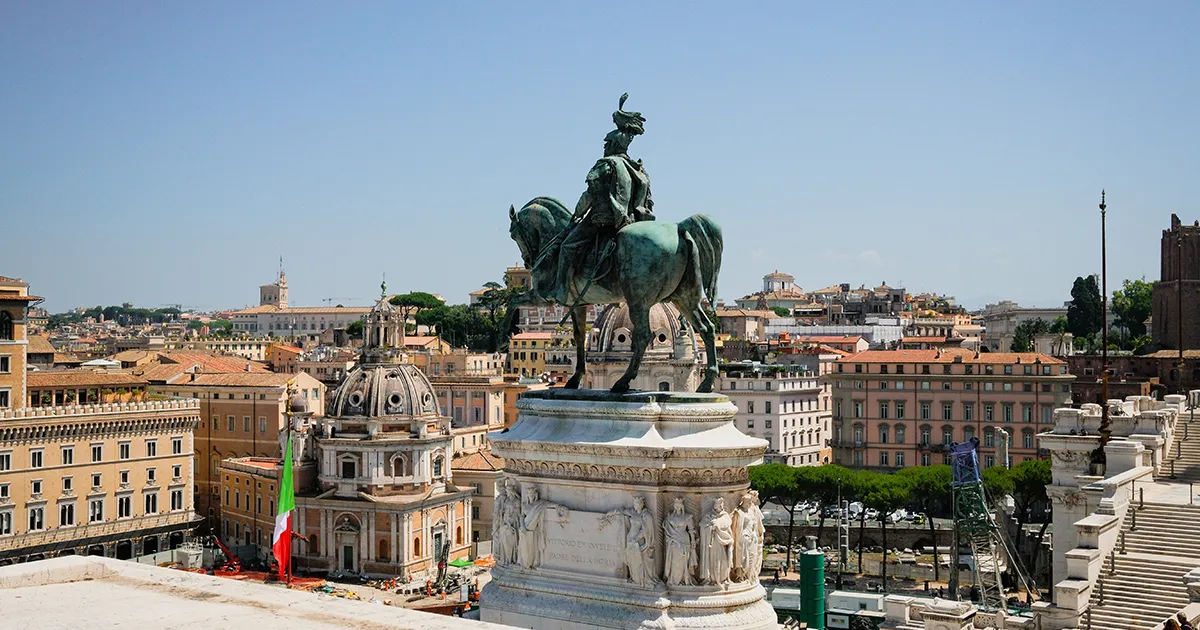



No Comments
Leave a comment Cancel